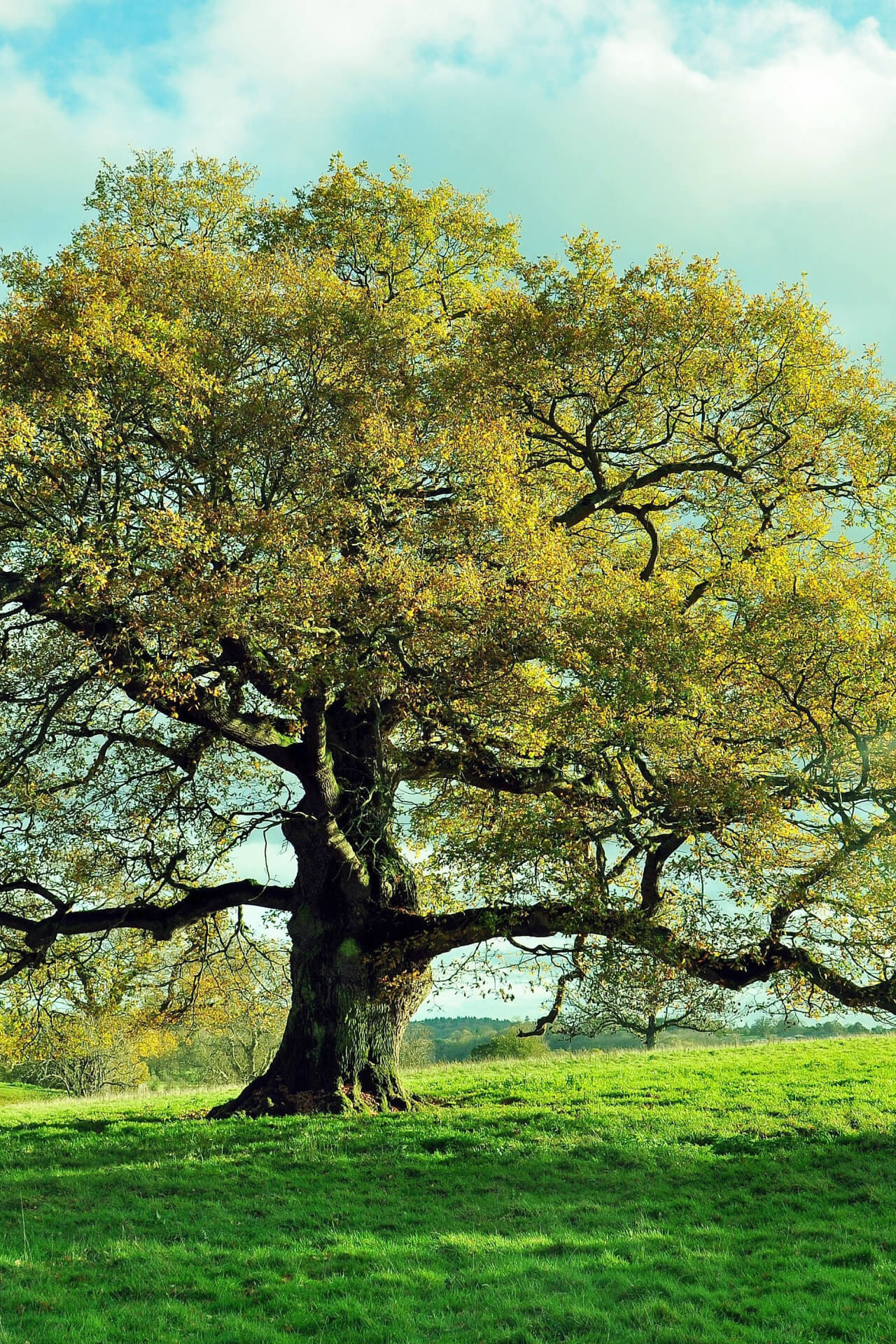Overcup Oak Tree for Sale | Quercus lyrata Native Shade Tree
Overcup Oak Tree (Quercus lyrata) is a remarkable deciduous tree that will create a great impact on your property, with green leaves and distinctive acorns that are nearly encased by their caps.
Plant Details | Overcup Oak Tree (Quercus lyrata)
Family: Fagaceae
Light Requirement: Full Sun
Water Needs: Moist
Height: 35 - 60 ft.
Spread: 35- 60 ft.
Growth Rate: Moderate
Bloom Time: Spring
Flower Color: Yellow
Wildlife Value: Attracts birds
How to Grow and Use Overcup Oak Tree in Your Garden
Overcup Oak Tree is a deciduous tree that is native to the Southern United States. It has interestingly lobed and shiny dark green leaves, with acorns that seem to disappear into their caps. Its botanical name, lyrata, is due to its lyre shaped leaves.
This hardy tree is an excellent addition to have on your property as a focal point or accent, as part of your woodland garden, or to create a shade garden or native garden.
Plant this tree in a location that has full sun or at least partial shade. This tree will grow best with full sun; shade will limit its growth.
Plant this tree in moist, well-draining soil that has an acidic pH. If changes are needed, you can make your soil more acidic by adding iron sulfate or sulfur.
Its bark is gray with ridges. In the spring, its flowers (catkins) are yellow and hang down from branches. Leaves tend to turn yellow to brown with the fall color change.
Water this tree thoroughly until it is well established in your yard. This tree can tolerate large amounts of soil moisture and occasional flooding, making it a good option for creating a rain garden on your property.
With its large canopy and branching, this tree will make a great habitat for plenty of nesting and cavity-dwelling birds, including owls and woodpeckers. Other nesting birds will use its smaller fallen twigs to build their nests.
What Makes the Overcup Oak Tree Unique
Overcup Oak Tree is a great source of food for birds and small mammals, with its plentiful acorns that drop to the ground below.
This is a host plant for butterflies.
Exposure
The Overcup Oak Tree thrives best in full sun to partial shade. It prefers at least 6 hours of direct sunlight daily but can tolerate some shade, particularly in hot climates. Ensure it gets adequate light for robust growth and optimal health.
Height at Maturity
Over 25 Feet
Usage
Shade
Shipped As
Bare-root
Ships
UPS
Planting Zones
5-9




